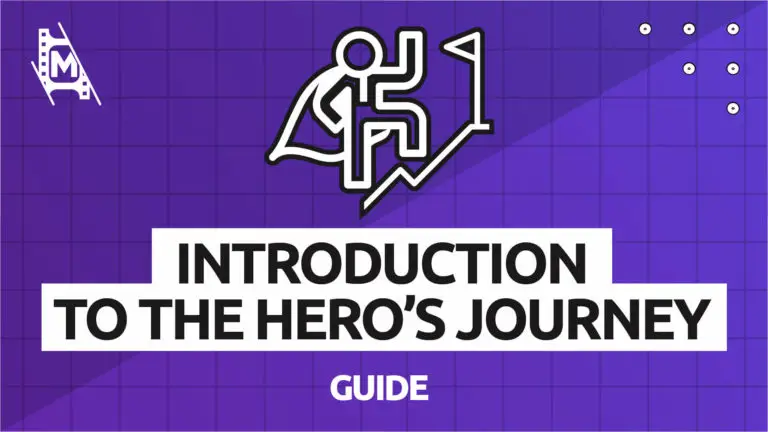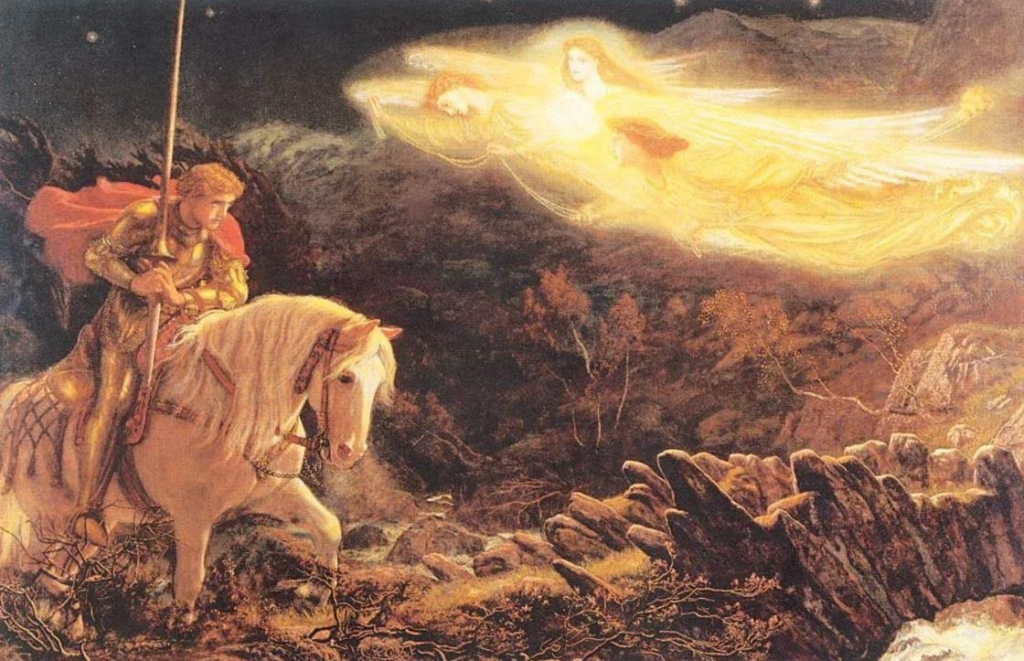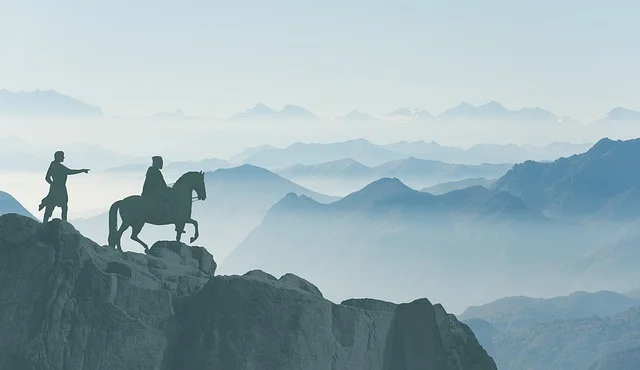Christopher Vogel’s Hero’s Journey is a storytelling framework that explains the universal stages a hero goes through in their transformative adventure. This timeless structure is used in countless books, movies, and myths to create compelling, relatable, and emotionally powerful narratives. Whether you’re a writer, movie enthusiast, or simply curious about the elements of great storytelling, understanding Vogel’s Hero’s Journey will help you identify and appreciate the building blocks of epic tales.
What Is Christopher Vogel’s Hero’s Journey?
Christopher Vogel’s Hero’s Journey is an adaptation of Joseph Campbell’s concept of the “monomyth,” which he introduced in his book The Hero with a Thousand Faces. Vogel, in his influential book The Writer’s Journey: Mythic Structure for Writers, simplified Campbell’s ideas into 12 distinct stages that modern storytellers can use to craft engaging and successful narratives. These stages outline the journey of a protagonist as they navigate challenges, evolve, and ultimately achieve transformation.
At its core, the Hero’s Journey is a metaphor for life itself. It mirrors the struggles we all face as we confront fears, seek purpose, and strive for personal growth. Writers use this structure to make characters and stories resonate with audiences on a deeper level, giving readers or viewers a sense of hope, triumph, and relatability.
Why Do Heroes Go on a Journey?
Heroes go on journeys to fulfill a purpose, overcome obstacles, and discover something meaningful—whether it’s about the world around them or themselves. These journeys often reflect our own lives, showing how growth only happens when we leave the safety of the “ordinary world” and embrace challenges. The hero’s journey isn’t just about external adventures; it’s an emotional, psychological, and spiritual quest that helps characters achieve transformation.
In stories, heroes typically begin their journeys as ordinary individuals who are called to action, sometimes reluctantly. Through trials, allies, enemies, and moments of self-doubt, they evolve into stronger, wiser, and more complete versions of themselves. Their experiences inspire audiences and remind us of the value of perseverance, courage, and hope in the face of adversity.
The 12 Stages of the Hero’s Journey (Explained!)
Christopher Vogel’s Hero’s Journey is made up of 12 stages, each representing a key moment in a hero’s adventure. These stages ensure that the hero’s transformation feels natural and impactful, keeping audiences emotionally invested in the story.

The Ordinary World
Every hero starts in a familiar setting—their ordinary world. This stage helps establish the hero’s background, relationships, personality, and struggles, making them relatable to the audience. The ordinary world shows what the hero stands to lose if they don’t embark on their journey.
For example, in The Lion King, Simba’s ordinary world is the Pride Lands, where he enjoys a carefree life as a young cub. However, this peaceful setting is threatened, pushing Simba toward his adventure. The ordinary world helps highlight the stark contrast between the comfort of normalcy and the challenges the hero will face later.
The Call to Adventure
The Call to Adventure is the moment that disrupts the hero’s ordinary life. It’s a challenge, discovery, or event that forces them to leave their comfort zone and face the unknown. This call often presents a problem or opportunity that only the hero can address.
For instance, in Harry Potter and the Philosopher’s Stone, Harry’s Call to Adventure begins when he receives his letter to Hogwarts. This moment introduces him to the magical world and sets him on a path of self-discovery and growth.
Meeting the Mentor
No hero embarks on their journey without guidance. In this stage, the hero encounters a mentor—someone who provides them with the tools, knowledge, or encouragement they need to take their first step. The mentor serves as a source of wisdom and reassurance, helping the hero overcome their fears.
In The Hunger Games, Katniss Everdeen meets Haymitch Abernathy, who becomes her mentor. While Haymitch is flawed, he prepares Katniss for the brutal challenges she’ll face in the arena. Without mentors, heroes might lack the confidence or resources to move forward.
Why Is the Hero’s Journey Important?
The Hero’s Journey is important because it provides a blueprint for storytelling that audiences universally connect with. It reflects the struggles and triumphs of human existence, offering emotional and psychological satisfaction. Whether in ancient myths or modern blockbusters, the Hero’s Journey helps writers create stories that inspire, entertain, and resonate across cultures.
This framework is also a valuable tool for writers. It gives structure to a narrative, ensuring it feels coherent and compelling. By understanding the Hero’s Journey, creators can craft stories that engage audiences on an emotional level, making them care deeply about the characters and their journeys.
How to Spot the Hero’s Journey in Movies
The Hero’s Journey is everywhere in popular culture, from superhero movies to fantasy epics. Spotting it in movies is easier than you think—just look for the protagonist’s transformation and the challenges they face along the way.
Take Star Wars: A New Hope as an example. Luke Skywalker begins in the Ordinary World, living a mundane life on Tatooine. His Call to Adventure comes when he discovers Princess Leia’s message, and Obi-Wan Kenobi acts as his mentor. Luke’s journey includes trials, enemies, and allies, ultimately leading to his transformation as a hero.
Even animated films like Frozen follow this structure. Anna’s journey to save her sister Elsa involves leaving her ordinary world, facing challenges, and growing as a character. Recognizing the Hero’s Journey in movies enhances your appreciation of storytelling.
Can You Create Your Own Hero’s Journey?
Yes, absolutely! The Hero’s Journey isn’t limited to professional writers—it’s a framework anyone can use to craft their own stories. Here’s how you can create your own Hero’s Journey:

Choose Your Hero
Start by deciding who your hero is. What makes them relatable? What challenges do they face in their ordinary world? Give your hero a clear motivation or goal that will drive their journey.
Plan Their Adventure
Think about what will disrupt the hero’s ordinary life. What is their Call to Adventure? Who will be their mentor, and what challenges will they face? Map out key moments, such as crossing the threshold into the unknown, facing tests and enemies, and undergoing transformation.
Add Challenges and a Big Finale
No hero’s journey is complete without trials, setbacks, and triumphs. Add challenges that test your hero’s resolve and force them to grow. Then, plan a big finale—an ultimate showdown or decision that leads to their transformation. The hero should emerge stronger, wiser, or changed in some significant way.
By following these steps, you can create a story that’s compelling and meaningful, resonating with audiences on a deep level.
Fun Facts About Christopher Vogel’s Hero’s Journey
- Christopher Vogel’s adaptation of the Hero’s Journey is widely used in Hollywood. Films like The Lion King, The Matrix, and The Lord of the Rings all follow this structure.
- Vogel worked as a story consultant for Disney, where he helped refine the storytelling in many classic animated films.
- The Hero’s Journey isn’t limited to fantasy or adventure stories—it can be applied to romance, comedy, and even horror genres.
The Bottom Line
Christopher Vogel’s Hero’s Journey is a storytelling framework that has shaped countless iconic stories, from ancient myths to modern movies. Its 12 stages guide heroes through a transformative journey, making their adventures relatable, inspiring, and memorable. Whether you’re a storyteller or just a fan of great narratives, understanding the Hero’s Journey can deepen your appreciation of the art of storytelling.
By exploring the stages of the Hero’s Journey, you’ll notice its presence everywhere—from blockbuster films to everyday life. And who knows? Maybe you’ll even embark on your own hero’s journey someday. After all, every great story begins with a call to adventure!


